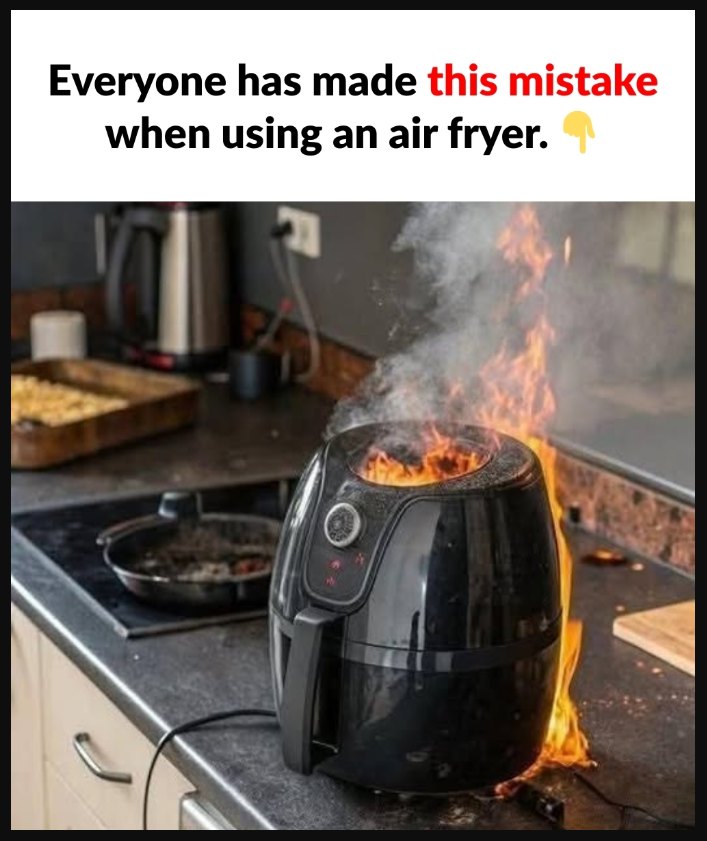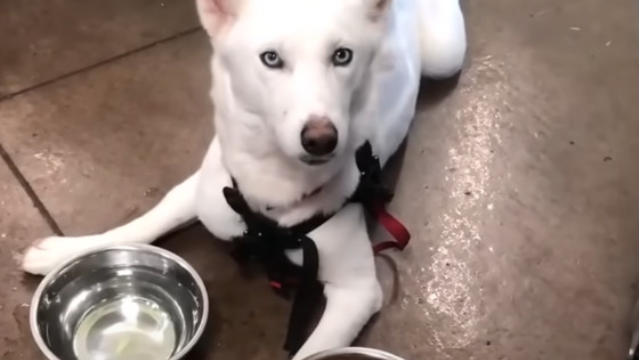Air fryers have quickly become one of the most popular kitchen gadgets in America, offering a healthier alternative to deep frying by using hot air circulation to achieve that delicious crispy finish with little to no oil. But as convenient and fun as they are, air fryers still come with risks if not used properly. Whether you’re new to air frying or a seasoned pro, it’s important to follow some essential safety tips to ensure you’re using your appliance effectively and responsibly.

Start by making sure you’re buying from a reliable brand. Always choose air fryers that are certified with recognized safety marks such as the CE certification. These marks confirm the product has passed safety tests and meets quality standards. Don’t cut corners with off-brand models—when it comes to kitchen appliances that use high heat, quality matters.
Safety always comes first. Never operate an air fryer if you’re under the influence of alcohol or medication that may impair your judgment. It might sound like common sense, but even a brief distraction can lead to dangerous situations. Always keep an eye on your air fryer while it’s in use. Fires from unattended appliances happen more often than people think.
Avoid using baking paper or parchment paper unless it’s specifically rated for air fryer temperatures. Instead, opt for air fryer-safe liners that won’t burn or block the machine’s airflow. Air fryers work by circulating hot air, and any obstruction—whether it’s improper paper or overcrowded food—can lead to uneven cooking or worse, a fire hazard.
Cleaning your air fryer after each use is crucial. Built-up grease not only affects flavor but can become a fire risk if left uncleaned. Make sure the fryer has completely cooled before cleaning or storing it. If you keep your air fryer under cabinets, allow it to fully cool before putting it away to avoid heat damage or fire risks.
Also, be mindful of where you use your air fryer. Never place it near flammable materials like dish towels, curtains, or wooden cabinets. It needs breathing room for the hot air to vent safely. Blocking those vents could overheat the appliance or trap grease vapor, both of which increase the risk of a kitchen fire.
When it comes to loading your air fryer, less is more. Don’t overcrowd the basket. Overfilling reduces air circulation and can leave food undercooked or soggy. A single even layer is usually best for that crisp, golden finish. If you’re cooking for a larger group, do it in batches instead of stuffing it all in at once.
Use only heat-safe utensils and accessories approved for air fryers. Metal tongs or silicone tools are great, but don’t use plastic that could melt under high temperatures. Some air fryer models come with their own accessories—stick with those or check your manual for approved add-ons.
Preheating isn’t always necessary, but if your recipe calls for a crispy crust—especially with breaded or frozen foods—it can make a noticeable difference. When using oil, opt for high smoke-point options like avocado oil, peanut oil, or grapeseed oil. These oils can withstand the fryer’s intense heat without breaking down or smoking excessively.
Avoid cooking overly wet or heavily sauced foods, especially if they drip into the heating element. These kinds of dishes are better suited for a stovetop or oven. In the air fryer, sauces can splatter, smoke, or burn. Check your food frequently—don’t just rely on the timer. All air fryer models are slightly different, and cooking times can vary.
To enhance airflow and maximize crispiness, consider using air fryer racks or specialty pans. These tools help separate food items so the hot air can reach every surface. Also, non-stick baskets or disposable liners can make cleanup much easier while preserving your fryer’s interior.
Remember: a little oil goes a long way. Using too much oil can cause smoke, especially if it drips onto the heating element. Keep those vents clear of crumbs and grease so air flows freely, and try to limit especially greasy foods like bacon or fatty cuts of meat that can splatter excessively.
When you’re done cooking, let the air fryer cool completely before storing it away. Always keep it in a dry, well-ventilated area. Moisture can damage the internal electronics or create rust over time. And perhaps most importantly, take the time to read your owner’s manual. Every air fryer has its own quirks and manufacturer guidelines, so it’s best to be informed.
In the end, air fryers can be a safe and enjoyable addition to any kitchen—when used correctly. With these practical safety tips, you’ll be able to make the most of your air fryer while protecting your home, your appliance, and yourself. So go ahead, experiment with new recipes, enjoy crispy veggies and golden fries—but always do it with safety in mind.





